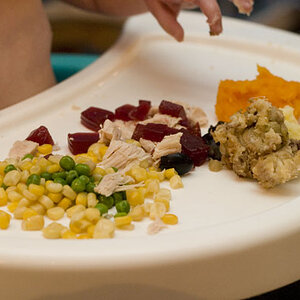dangergoinoff
TPF Noob!
- Joined
- May 28, 2007
- Messages
- 130
- Reaction score
- 0
- Location
- Melbourne Australia
- Can others edit my Photos
- Photos OK to edit
Hello.
I will be aquiring a new PentaxK100D with the 18-50MM lens in about 8 weeks.
This is my first camera. I bought my girlfriend a Canon Ixus500 a few years ago for her birthday and have been using that over the past few years and thought that it was time to step up. I really enjoy landscape photography.
So here are my questions.
Do you think this is a good camera to learn on?
What sort of batteries are the best in this type of camera?
Will i have enough on my hands initally with the 1 lens for it to make more sense to wait before I buy a second lens?
What would be the best memory card to get?
Are there any good instructional books readily available?
I would appreciate any help that you can offer.
Thanks.
I will be aquiring a new PentaxK100D with the 18-50MM lens in about 8 weeks.
This is my first camera. I bought my girlfriend a Canon Ixus500 a few years ago for her birthday and have been using that over the past few years and thought that it was time to step up. I really enjoy landscape photography.
So here are my questions.
Do you think this is a good camera to learn on?
What sort of batteries are the best in this type of camera?
Will i have enough on my hands initally with the 1 lens for it to make more sense to wait before I buy a second lens?
What would be the best memory card to get?
Are there any good instructional books readily available?
I would appreciate any help that you can offer.
Thanks.










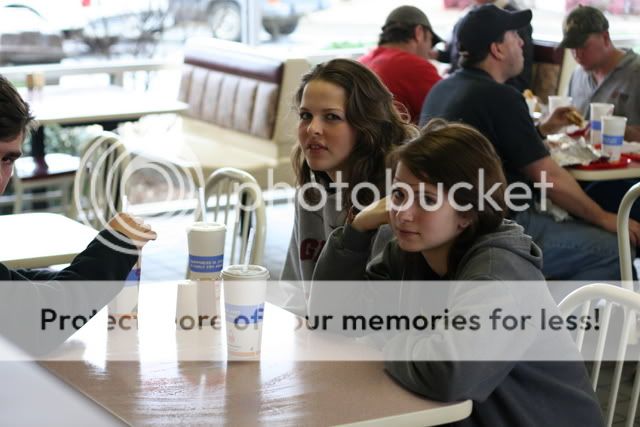
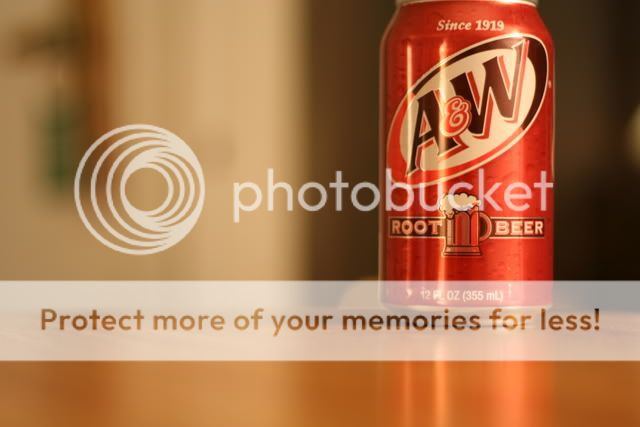
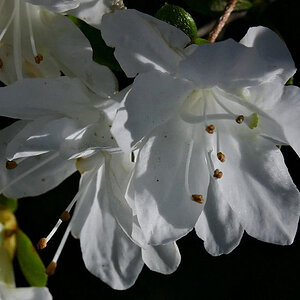
![[No title]](/data/xfmg/thumbnail/42/42464-98a778e864f4e6df2a9cc673b7549322.jpg?1619740192)
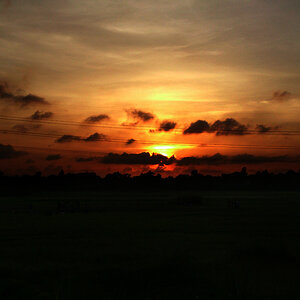
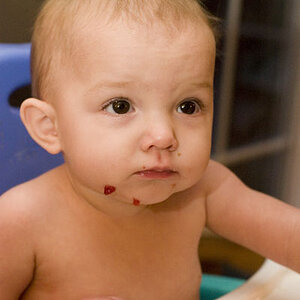
![[No title]](/data/xfmg/thumbnail/40/40311-715dda8167abb793178d6abf7e8136fe.jpg?1619739414)
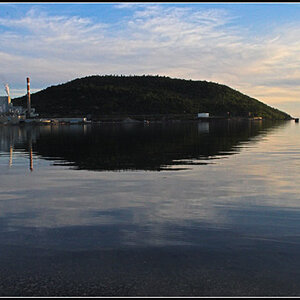
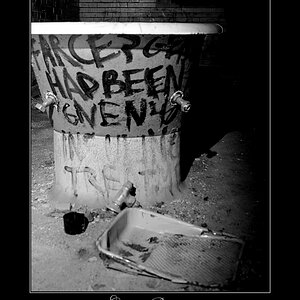
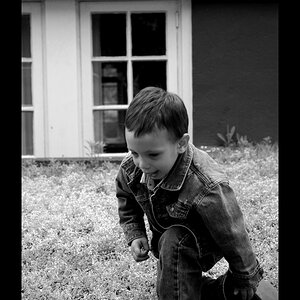
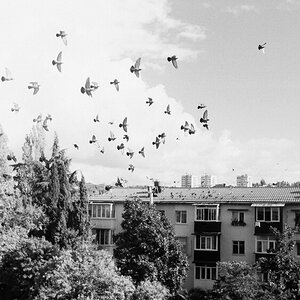
![[No title]](/data/xfmg/thumbnail/40/40309-c759bfd4ae7c079632e7402d21d332f1.jpg?1619739414)

